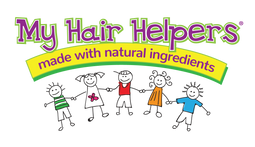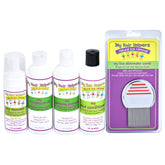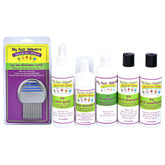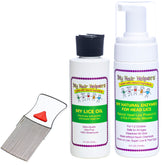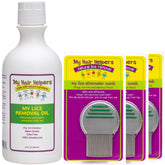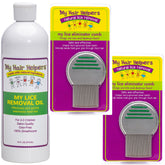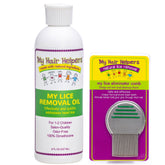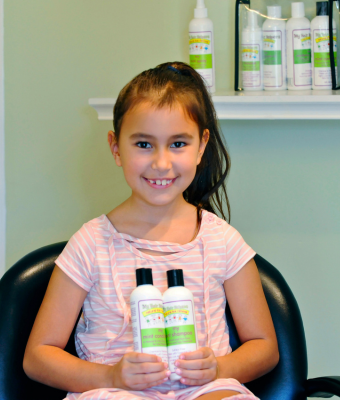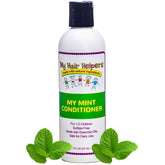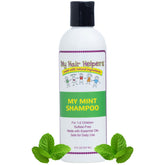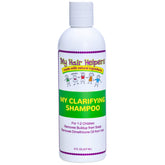WHAT HAPPENS IF YOU HAVE HEAD LICE FOR TOO LONG?

Dealing with head lice is never pleasant, and prompt management is crucial to prevent discomfort and potential complications. But what really happens if you don’t address a lice infestation in a timely manner? Will it eventually just go away, or will the problem spread to others and become more severe?
Let’s explore the short-term and long-term effects of untreated head lice, as well as steps you can take to safely and effectively address these unwanted visitors.
Understanding Head Lice
Head lice are tiny, parasitic insects that live on the scalp, feeding on human blood. They spread through direct head-to-head contact or by sharing personal items like hats and brushes, though this is less likely.
Lice infestations can occur at any age, but they are most commonly seen in school-aged children due to their close interactions. Each year in the United States, roughly 6 to 12 million children between the ages of 3-11 get head lice.
Short-Term Consequences of Untreated Head Lice
When you don’t address head lice, the first short-term complication is persistent itching. As lice feed on the scalp, they inject saliva that often triggers an itchy reaction. Over time, continuous itching can lead to redness, skin irritation, and even small sores.
It’s also normal to have trouble sleeping, as head lice are most active at night. They can disturb sleep and leave you or your child feeling tired and cranky throughout the day. Additionally, the longer an infestation goes, the higher the chance of spreading lice to friends, family members, or classmates.
Long-Term Consequences of Untreated Head Lice
Head lice do not run their course and vanish; they will persist and the infestation will grow. Because of this, skin infections are common. Excessive scratching creates open sores on the scalp, and open wounds leave the skin vulnerable to bacterial infections like impetigo and folliculitis. Scalp damage can also occur from chronic scratching, leading to skin thickening or scarring over time.
Another long-term complication is the psychological and emotional distress that kids can suffer when head lice are not managed. Persistent lice infestations can lead to feelings of embarrassment, anxiety, or social stigma. Children may avoid activities or feel ostracized if their peers know they have lice.
Adults can also experience stress and frustration, which may impact mental health. An ongoing infestation can also mean repeated purchases of over-the-counter products, draining your resources.
How to Address a Long-Standing Infestation
Thorough Inspection
Use a nit comb on damp hair to check for live lice and nits (eggs). Inspect all close contacts and family members—if one person remains untreated, re-infestation is likely.
My Hair Helpers Regimen
My Hair Helpers has a full selection of natural lice products that are guaranteed to work. Our Lice Oil is made with dimethicone, which slows down bugs in its thick oil. Our Natural Enzymes loosen nit glue, while our Lice Comb removes nits and lice. We also have lice defense products that you can use on a regular basis, such as our Mint Shampoo, Mint Conditioner, and Mint Anti-Lice Spray.
Follow Up Consistently
Most interventions require a second application about a week later to kill newly hatched lice. Daily or every-other-day comb-outs can help ensure lice and their eggs are fully gone. Once they are, we recommend taking a peek once a week!
Final Thoughts
Having head lice for too long can do more than just cause an annoying itch—it can lead to infections, scalp damage, and emotional distress. Taking quick, decisive action is the best way to avoid these complications. Remember, timely intervention not only helps you or your child feel better faster but also prevents the spread of lice within your home and community.
